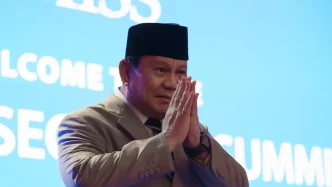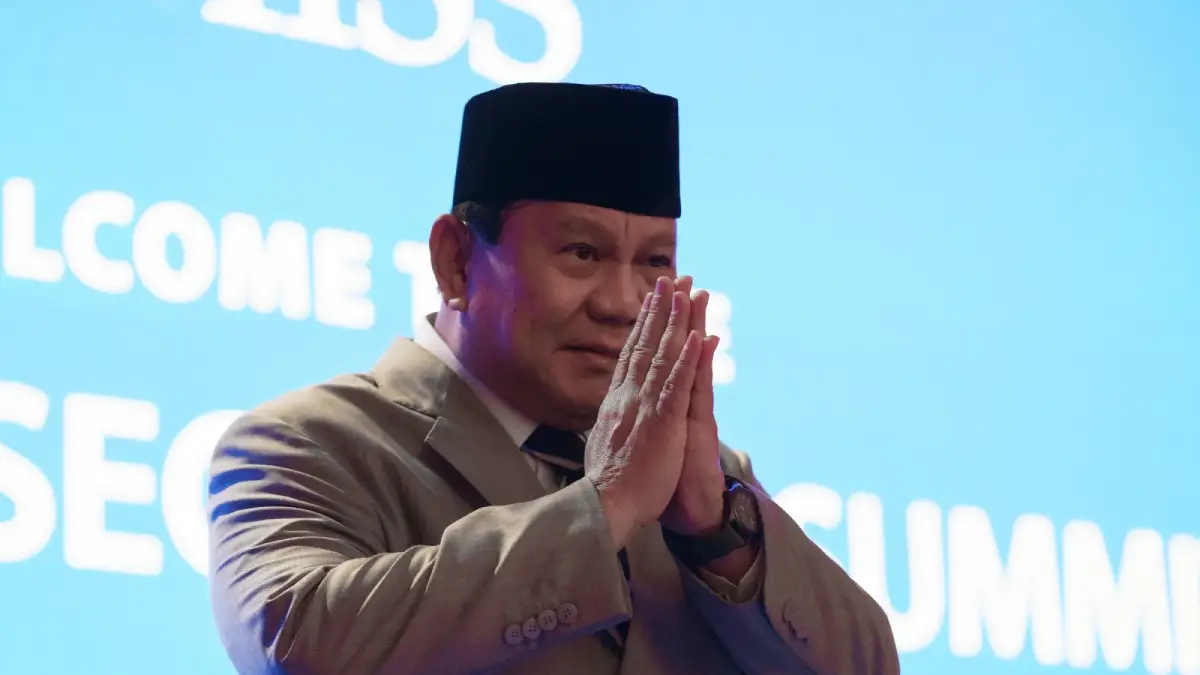Indonesia is grappling with a fiscal deficit projected to exceed initial forecasts for 2025, driven by sluggish tax revenues, a surge in planned second-half spending, and escalating borrowing needs. The Finance Ministry now estimates a deficit of Rp 663 trillion (~US$40.3 billion), or 2.78 percent of gross domestic product (GDP), up from the 2.53 percent outlined in the original state budget. As pressures mount, concerns are growing over the sustainability of President Prabowo Subianto’s ambitious spending agenda, raising questions about the country’s fiscal health and long-term economic stability.
Rising Deficit and Revenue Shortfalls
The revised deficit projection, while still below the legal cap of 3 percent of GDP, signals mounting challenges for Indonesia’s fiscal framework. Finance Minister Sri Mulyani Indrawati highlighted the strain on state revenue during a recent address to the House of Representatives Budget Committee, describing it as under “real pressure.” Tax revenue, which constitutes the bulk of government income, is now expected to fall short by Rp 82 trillion, reaching only 94.9 percent of the full-year target of Rp 2.71 quadrillion. This marks the lowest midyear figure in three years, with the tax-to-GDP ratio projected to drop to 10.03 percent, down from an earlier outlook of 10.24 percent and slightly below last year’s 10.08 percent.
The shortfall in tax collection is compounded by external headwinds and domestic economic slowdowns, which have prompted the Finance Ministry to revise its 2025 growth forecast to between 4.7 and 5 percent, down from an earlier projection of 5.2 percent. This cautious outlook reflects broader uncertainties in the global economy, including trade tariff wars that have dampened Indonesia’s export performance and, by extension, its revenue base.
Ambitious Spending Plans Under Scrutiny
Against this backdrop of declining revenues, the government faces the daunting task of executing a significant portion of its spending in the second half of 2025. Budget execution in the first half reached only 37 percent, or approximately Rp 1.4 quadrillion, leaving a substantial Rp 2.2 quadrillion to be disbursed over the remaining six months to meet the full-year target of Rp 3.6 quadrillion. This accelerated spending timeline has raised doubts among experts about the feasibility of delivering on high-profile initiatives without further straining the fiscal deficit.
Among the largest spending items is the free nutritious meals program, a flagship initiative under President Subianto’s administration. Despite an allocation of Rp 171 trillion, only Rp 5 trillion had been disbursed by June, supporting just 1,800 vendors and 17.9 million beneficiaries—far short of the targets of 32,000 vendors and 82.9 million beneficiaries. This slow rollout, representing just 5.6 percent of the vendor target and 21.6 percent of the beneficiary goal, underscores the implementation challenges facing the program.
Another major initiative, the Red-White Cooperatives program, is set to launch 80,000 village cooperatives nationwide by mid-July at a cost of Rp 400 trillion. However, skepticism abounds regarding the government’s capacity to execute such an expansive project within the proposed timeline. Wijayanto Samirin, an economist at Paramadina University, expressed doubts about the program’s feasibility, stating that inadequate funding and bureaucratic constraints could derail these plans. He warned that pushing ahead with spending, even within the 3 percent deficit cap, risks higher debt servicing costs, tighter liquidity, and diminished investor appetite for government bonds.
Expert Warnings and Credit Rating Concerns
The widening deficit has drawn attention from international observers and credit rating agencies, with Fitch Ratings flagging growing uncertainty in Indonesia’s fiscal outlook. The agency noted that weak revenues, coupled with rising social and infrastructure spending, could push deficits higher in the coming years, potentially weighing on the country’s credit profile. Specifically, Fitch highlighted the risk of a material increase in public debt burden, which could bring Indonesia closer to the debt levels of its peers in the BBB category and trigger negative rating actions.
The government’s efforts to improve spending efficiency, including reallocating 1.3 percent of GDP in budget cuts to fund the free meals program, may also fall short due to logistical hurdles. Underspending remains a persistent issue, as the state struggles to balance ambitious policy goals with practical implementation. Wen Chong Cheah, a researcher at the Economist Intelligence Unit (EIU), emphasized the urgency of addressing these fiscal pressures, suggesting that the government might need to scale down programs or introduce higher taxes to stabilize the budget. He noted that reprioritizing or phasing in major initiatives would be a more prudent approach given the current constraints.
Borrowing and Budget Surplus Measures
To address the widening deficit, the Finance Ministry has proposed drawing Rp 85.6 trillion from the accumulated budget surplus (SAL) to cover the shortfall. However, the state budget remains heavily reliant on the bond market, with the government front-loading Rp 250 trillion in sovereign bond issuance in the first quarter alone—around 40 percent of its full-year borrowing target—to cover an early-year deficit of Rp 104 trillion. While the House Budget Committee approved this move, it urged caution in issuing new bonds, citing global market instability as a key concern.
Wihadi Wiyanto, deputy chair of the Budget Committee, stressed that issuing bonds indefinitely is not a sustainable strategy. He called for a renewed focus on improving revenue performance in the second half of the year to keep the budget on track, underscoring the need for structural reforms to bolster tax collection and reduce reliance on debt financing.
Broader Economic Implications
Beyond the immediate fiscal challenges, the combination of underwhelming tax collection and below-target government spending could have broader implications for Indonesia’s economic growth. Wijayanto Samirin cautioned that failing to address these issues might prevent the country from achieving its economic targets, suggesting that a growth rate of 4.7 percent in 2025 would be a modest achievement under the circumstances. This projection aligns with the Finance Ministry’s revised forecast, which acknowledges the impact of external and domestic headwinds on growth momentum.
The fiscal pressures facing Indonesia also reflect a broader tension between the government’s developmental ambitions and the realities of constrained resources. President Subianto’s administration has prioritized expansive social and infrastructure programs as part of its vision for national development, but the current fiscal environment underscores the need for careful calibration. Without strategic adjustments, the risk of accumulating unsustainable debt levels looms large, potentially undermining investor confidence and long-term economic stability.
Looking Ahead: Balancing Ambition and Prudence
As Indonesia navigates these fiscal challenges, the path forward remains uncertain. The government must strike a delicate balance between pursuing its transformative agenda and maintaining fiscal discipline, a task made more complex by global economic volatility and domestic implementation hurdles. While measures such as drawing on budget surpluses and front-loading bond issuance provide temporary relief, they do not address the underlying structural issues of weak revenue collection and spending inefficiencies.
For policymakers, the immediate priority is to enhance revenue performance while ensuring that spending is targeted and effective. This may require difficult decisions, such as scaling back or restructuring flagship programs to align with fiscal realities. At the same time, fostering investor confidence through transparent and prudent fiscal management will be critical to sustaining Indonesia’s economic trajectory in an increasingly uncertain global landscape.
As the second half of 2025 unfolds, the government’s ability to adapt to these challenges will shape not only the country’s fiscal health but also its broader economic prospects. Whether Indonesia can reconcile its ambitious spending plans with the need for fiscal sustainability remains an open question, one that will likely define the economic narrative in the months ahead.















